Vancouver stands as a rare urban gem where wilderness and metropolitan life exist in remarkable balance. The city’s thoughtful design integrates natural spaces throughout its neighborhoods, allowing residents to experience tranquility without committing to lengthy excursions.
These urban oases provide essential breathing room for those seeking a connection with nature while maintaining the conveniences of city living. Here is a list of 20 peaceful natural retreats hiding within Vancouver’s city limits, perfect for urban dwellers who crave green spaces without the long drive.
Stanley Park Hollow Tree

Beyond the popular seawall path lies this ancient western red cedar stump, estimated to be over 700 years old and measuring 60 feet in circumference. The quiet forest trail leading to this natural monument passes through groves of towering trees that muffle city sounds within minutes of entering the park. Morning visits often reward early risers with mist hanging among the branches and resident barred owls making final hunting attempts before daybreak.
Nitobe Memorial Garden
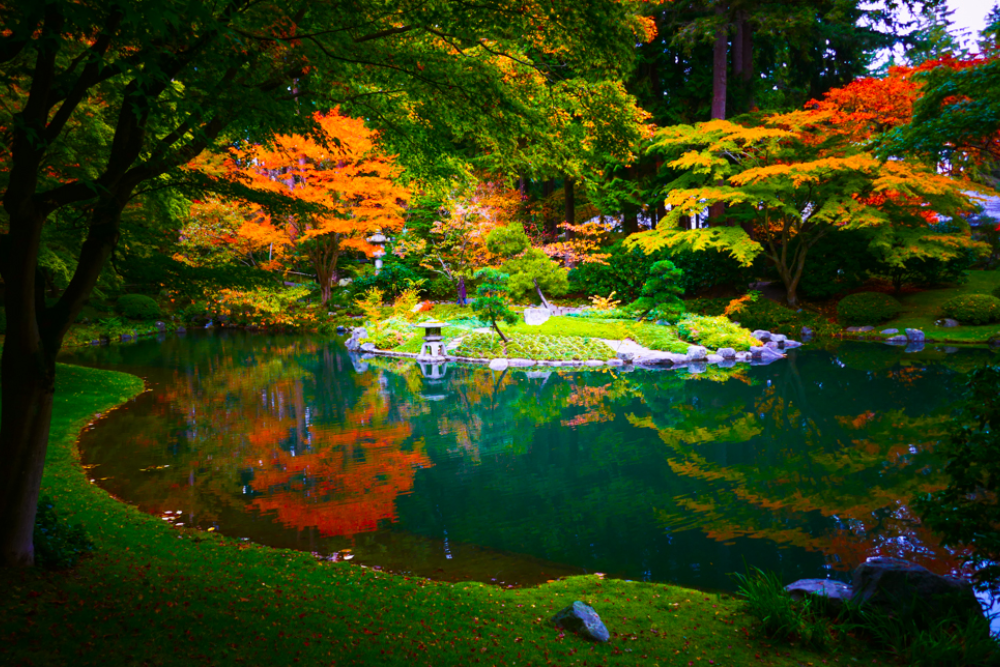
This meticulously designed Japanese garden on the UBC campus showcases how carefully positioned elements create profound tranquility in limited space. Each stone, plant, and water feature follows traditional principles to create a harmony that changes subtly with the seasons.
The garden’s reflective pond draws visitors into contemplative stillness, with koi moving languidly beneath floating maple leaves in autumn.
Like Travel Pug’s content? Follow us on MSN.
Jericho Beach Forest Trail
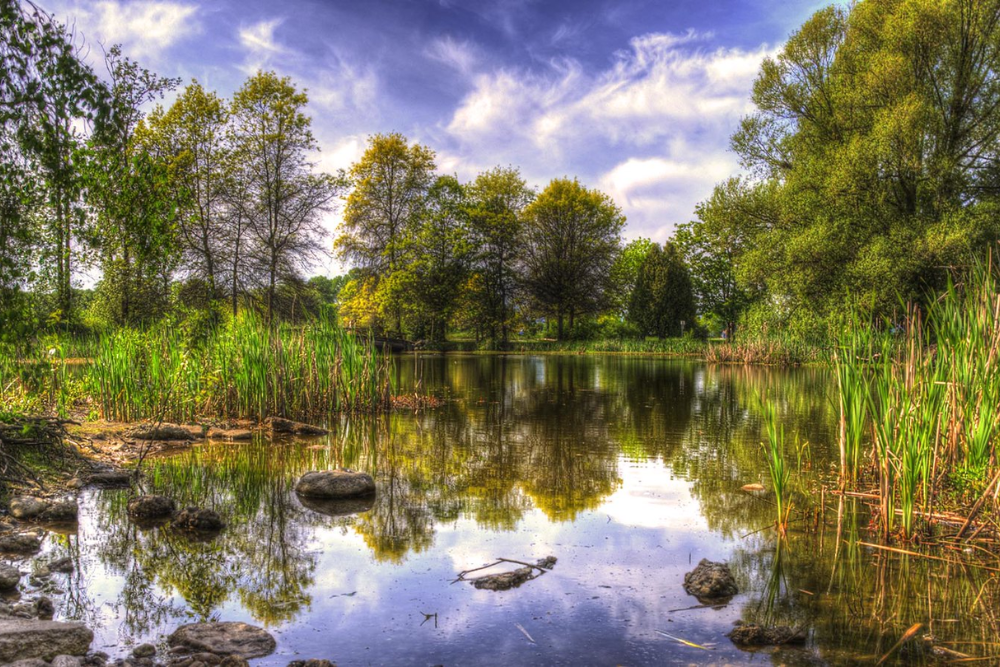
While beachgoers congregate along the shoreline, this inland forested path remains surprisingly serene even during summer months. The mixed deciduous and coniferous woodland creates a microclimate noticeably cooler than surrounding areas, with filtered sunlight dappling the forest floor.
Bird enthusiasts appreciate the variety of songbirds that establish territory here, creating natural soundscapes that overpower distant traffic noise.
VanDusen Botanical Garden Meditation Area

This dedicated quiet zone within the larger garden provides thoughtfully placed seating among carefully selected plants known for subtle movement and gentle sounds. The surrounding trees create a wind-protected pocket where falling water from a small stone feature provides acoustic masking of urban noise.
Early weekday mornings offer near-complete solitude, with only gardeners quietly tending to the surrounding collections.
Camosun Bog Boardwalk

This rare ecosystem in Pacific Spirit Regional Park preserves an ancient bog that predates the city by thousands of years. The specialized boardwalk allows visitors to experience this delicate habitat without damaging it, while interpretive signs explain the unique plants’ adaptation to acidic conditions.
The springy sphagnum moss absorbs sound remarkably well, creating an unusually quiet space within the city boundaries.
Like Travel Pug’s content? Follow us on MSN.
Hastings Park Sanctuary
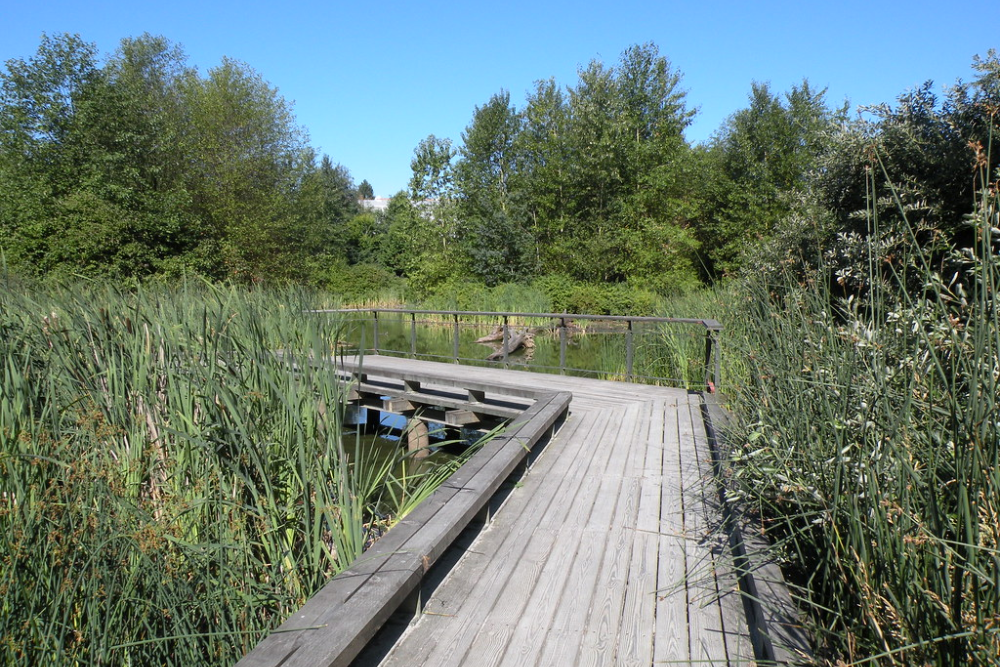
This restored wetland area represents a successful transformation from industrial grounds to thriving ecosystems over the past two decades. Boardwalks wind through cattails and native plantings that attract surprising wildlife diversity within sight of the PNE fairgrounds.
The contrast between nearby urban elements and flourishing natural systems provides a powerful reminder of nature’s resilience when given appropriate space.
Queen Elizabeth Park Quarry Gardens

These sunken gardens occupy former basalt quarries, creating microclimates that support plants from diverse regions within a compact space. The dramatic elevation changes and rock formations provide natural sound barriers from surrounding streets while offering intimate spaces for quiet contemplation.
Dawn visitors often have these normally popular gardens entirely to themselves, with morning light illuminating mist rising from carefully placed water features.
Strathcona Linear Park
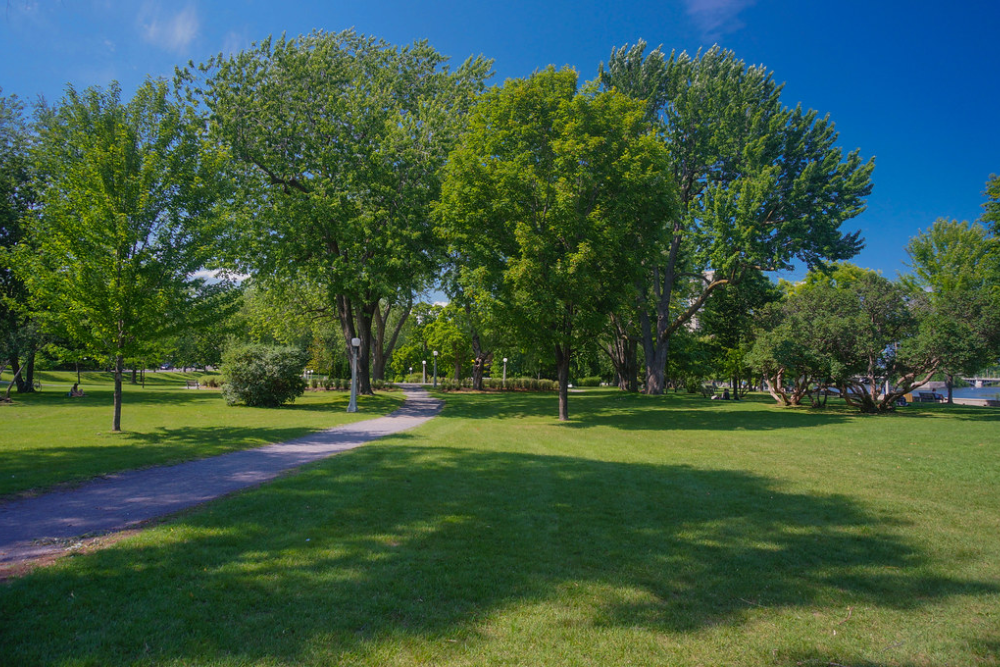
This narrow green corridor follows an abandoned railway line, creating a peaceful route through one of Vancouver’s oldest neighborhoods. Community garden plots line sections of the path, offering glimpses into personal expressions of urban agriculture and folk art.
The mature trees growing along the former rail bed provide habitat for chickadees and bushtits that become remarkably tame around regular visitors.
Like Travel Pug’s content? Follow us on MSN.
False Creek Habitat Island
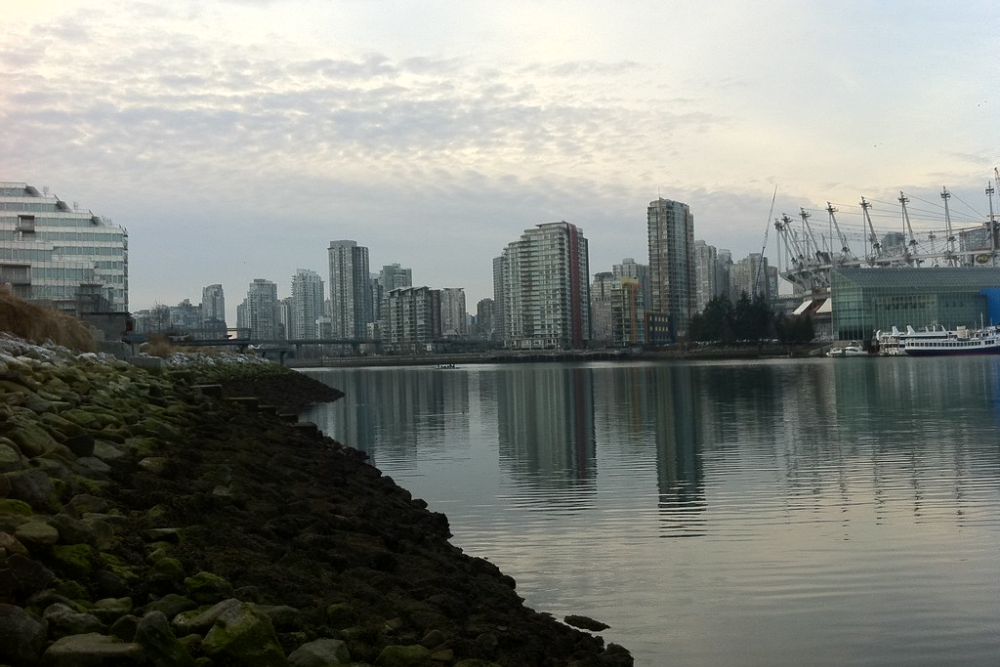
This human-made island beneath the Olympic Village creates an unexpected wilderness pocket with rocky shores and native plantings designed to support shoreline ecology. The careful placement of logs and boulders creates microhabitats that support surprising biodiversity in view of downtown high-rises.
Low tide reveals small tide pools accessible by rock-hopping, offering intimate encounters with intertidal life right within the urban core.
Spanish Banks Creek Trail
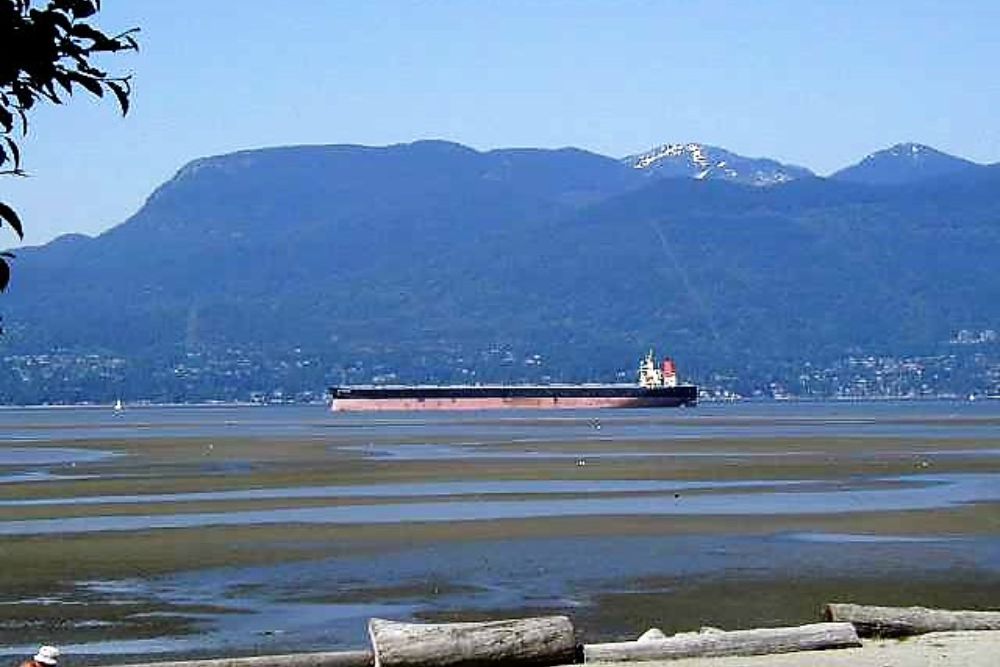
This short but rewarding path follows a restored salmon-bearing stream from Pacific Spirit Park to the shoreline, passing through several distinct ecological zones. The steeper upper section features nurse logs supporting new growth, demonstrating forest regeneration processes within city limits.
The sound of running water creates a natural audio backdrop that shifts with seasonal flow changes, strongest during winter rains and spring melt.
Fraserview Golf Course Perimeter
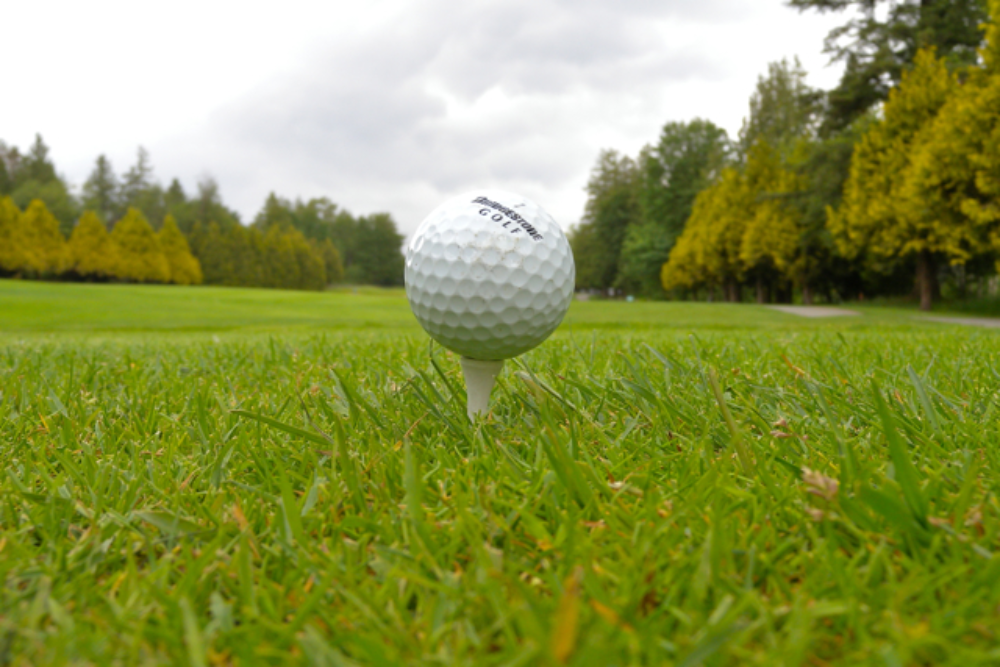
The public walking path circling this south Vancouver golf course offers a surprisingly diverse habitat thanks to thoughtful native plantings and water features. Morning fog often settles in the lower areas, creating ethereal landscapes as herons and eagles patrol for breakfast among the rough.
The manicured fairways contrasting with naturalized areas demonstrate how recreational space can incorporate ecological function when properly designed.
Like Travel Pug’s content? Follow us on MSN.
Arbutus Greenway Gardens
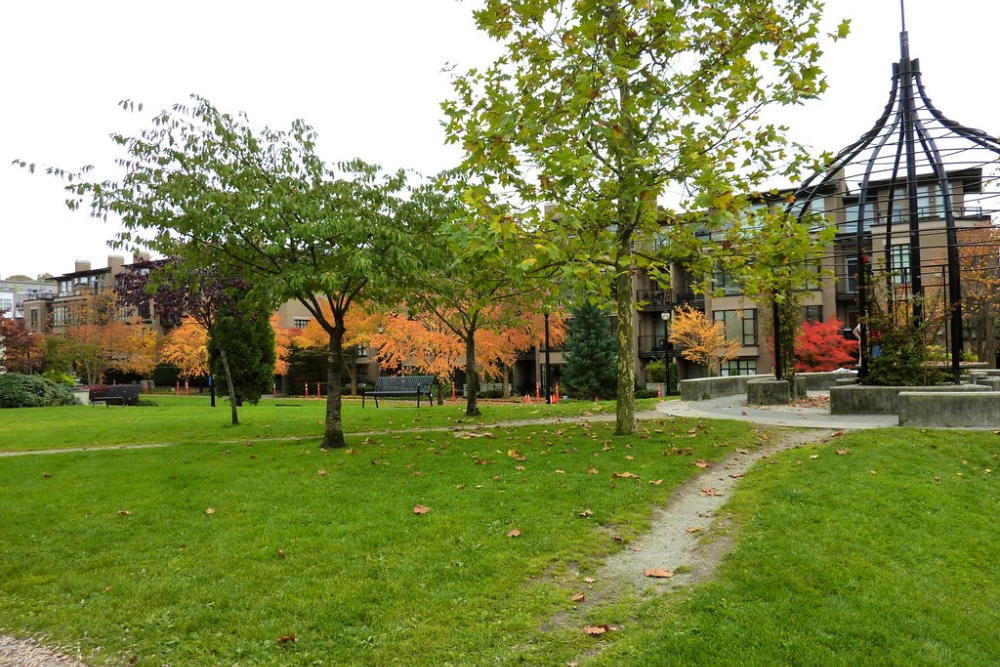
This former railway corridor transformed into a linear park features community-maintained garden sections showcasing edible landscapes and pollinator habitats. The slight elevation above surrounding streets provides views across the city to the mountains beyond while maintaining a sense of green seclusion.
The corridor acts as an important urban wildlife connection, with evidence of coyote and raccoon passage visible to observant morning visitors.
Burnaby Mountain Conservation Area
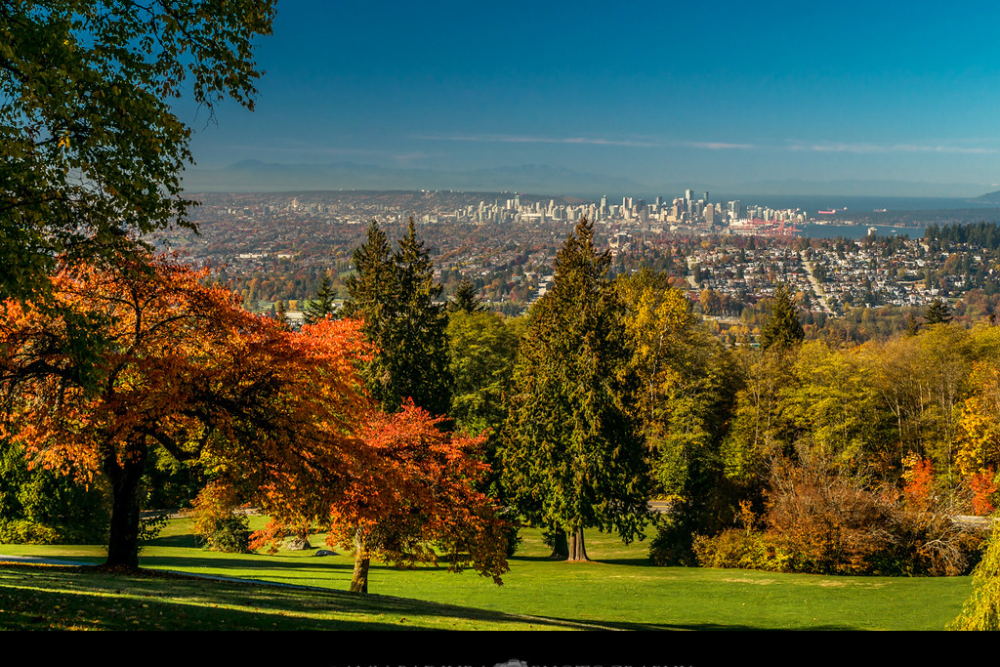
Though technically just beyond Vancouver proper, this accessible wilderness area offers remarkable biodiversity within minutes of the city core. The forest transitions from urban-influenced edges to surprisingly intact interior conditions along trails that climb gently through varied terrain.
The understory changes dramatically with seasons, featuring trillium and salmonberry flowers in spring and mushroom displays during fall rains.
Lost Lagoon Nature House Trail

This less-traveled path behind the Stanley Park Nature House offers intimate views of this engineered wetland supporting remarkable bird diversity yards from downtown. Specially designed viewpoints provide discreet observation opportunities without disturbing the waterfowl that gather in protected coves.
The interpretive signage explains both the natural history and human management that maintains this system within the intensively used park.
Like Travel Pug’s content? Follow us on MSN.
New Brighton Park Shoreline
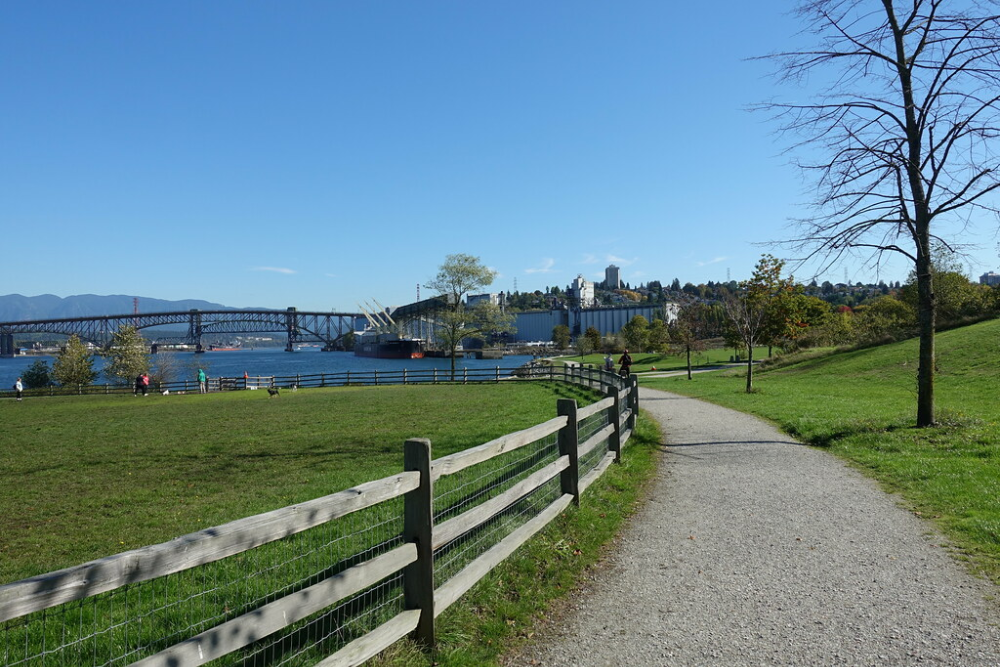
The restored salt marsh at this east Vancouver park creates habitat connections important to shoreline ecology while offering peaceful alternatives to the adjacent swimming area. The careful placement of driftwood and boulders creates informal seating with expansive views across Burrard Inlet to the mountains beyond.
Early morning light transforms the industrial port landscape into something unexpectedly beautiful, with steam and mist softening utilitarian structures across the water.
Killarney Park Bog

This small but significant wetland preservation area features a boardwalk loop through unique bog vegetation typically found much farther from urban centers. The specialized plants living in this nutrient-poor environment include insect-eating sundews and distinctive labrador tea with its aromatic leaves.
The spongy ground absorbs urban sounds remarkably effectively, creating a pocket of quiet within the surrounding residential neighborhood.
Musqueam Creek Trail
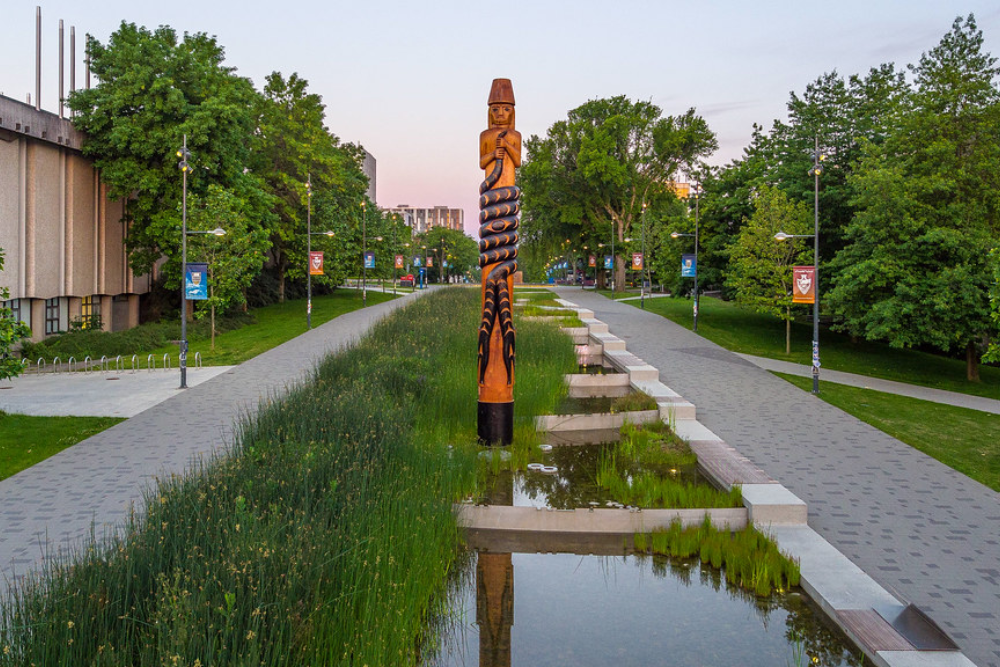
This significant stream corridor preserves the last wild salmon run entirely within Vancouver city limits, with careful restoration work supporting this tenuous population. The relatively steep ravine sides create a protected microclimate where sword ferns reach impressive dimensions beneath a mixed conifer canopy.
Fall visits offer opportunities to witness returning salmon, connecting urban residents with cycles that long predate the city’s existence.
Like Travel Pug’s content? Follow us on MSN.
Everett Crowley Park Forest
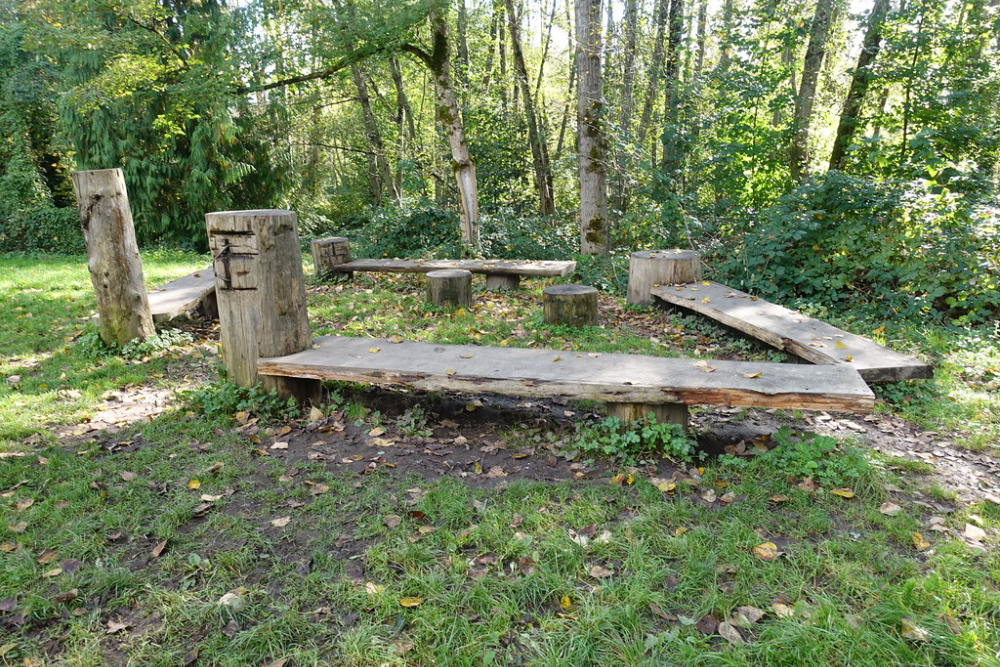
This reclaimed former landfill demonstrates nature’s remarkable ability to heal human disturbance when given time and appropriate management. The surprisingly diverse forest growing atop the capped landfill creates habitat islands attracting wildlife back into formerly industrial landscapes.
The contrast between the park’s troubled history and current tranquility provides powerful examples of ecological resilience and natural succession within urban contexts.
Urban Nature as Essential Infrastructure
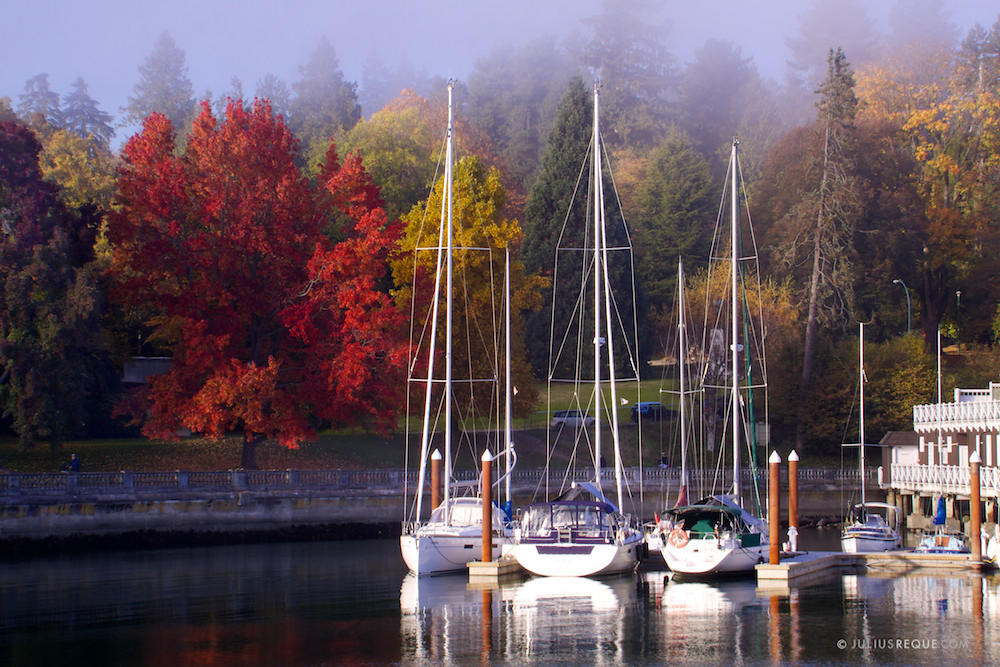
These peaceful corners throughout Vancouver represent more than pleasant amenities—they form critical infrastructure supporting human well-being and ecological function. The intentional preservation and restoration of natural spaces within the urban fabric allows city dwellers to maintain vital connections to natural systems without sacrificing the benefits of urban living.
These accessible natural experiences remind us that cities can be designed to nurture both human communities and the ecological systems upon which all life depends.
More from Travel Pug

- Cities Growing so Fast You Won’t Recognize Them in 10 Years
- 13 Destinations Where Tourists Regularly Regret Their Trip
- 20 Obscure WWII Sites Even History Buffs Don’t Know About
- 10 Under-the-Radar Mountain Towns That Are Both Affordable and Beautiful
- Remote Villages in Europe Where You Can Live for Free in Exchange for Work
Like Travel Pug’s content? Follow us on MSN.
